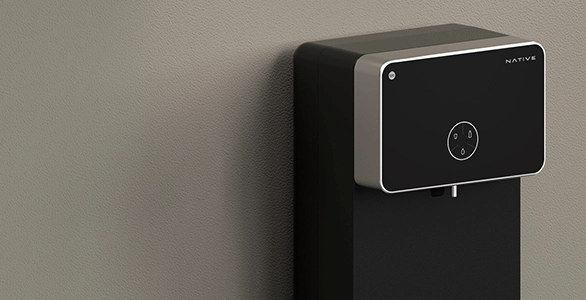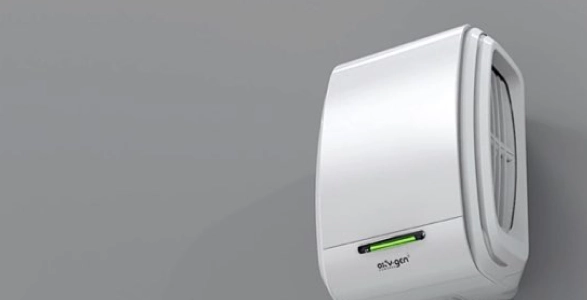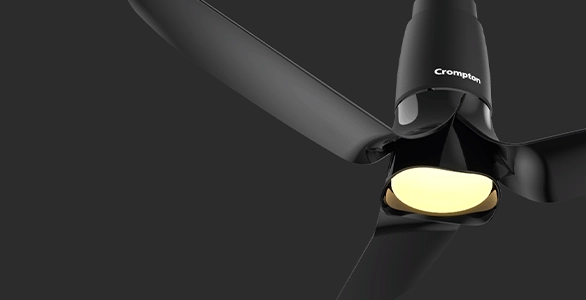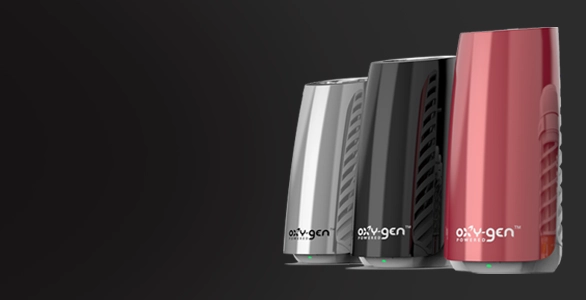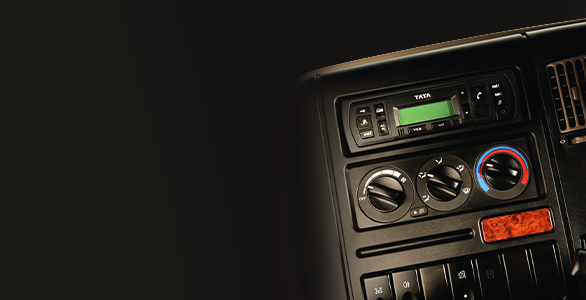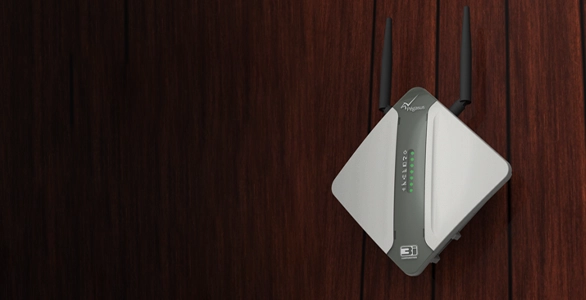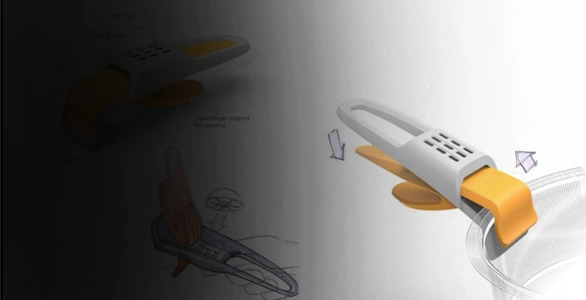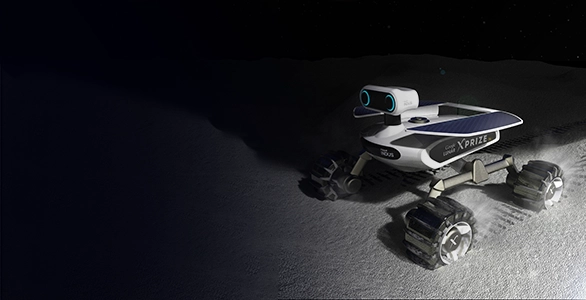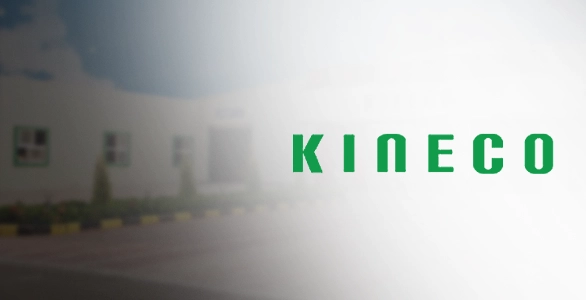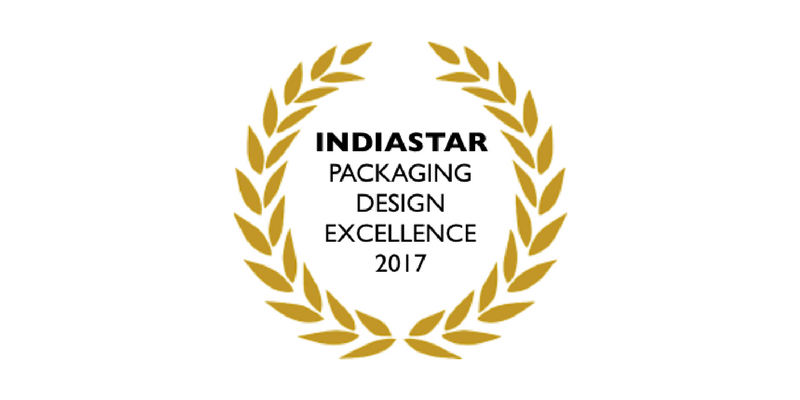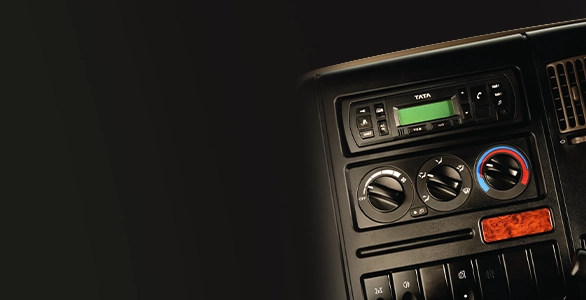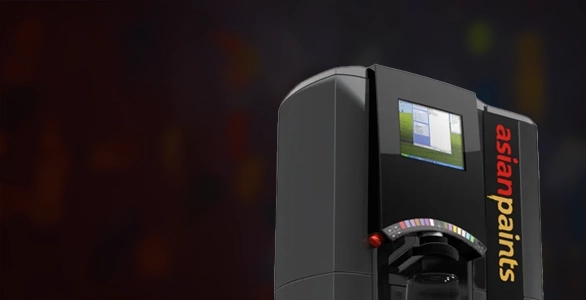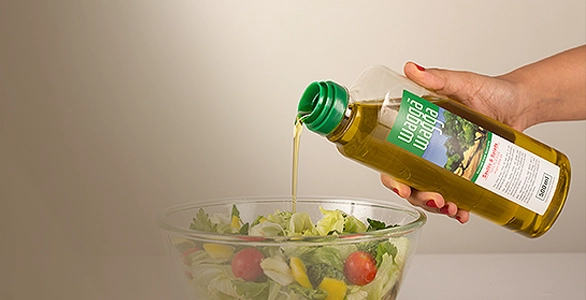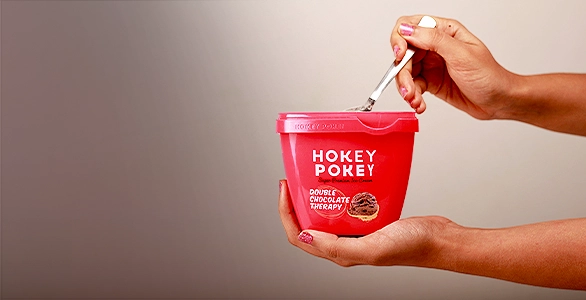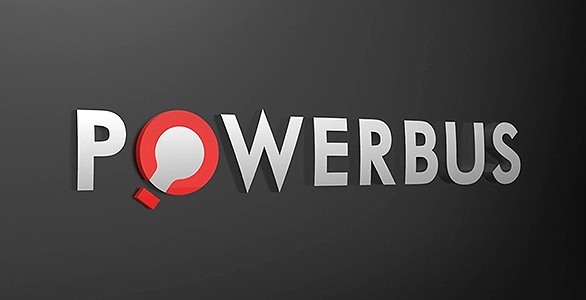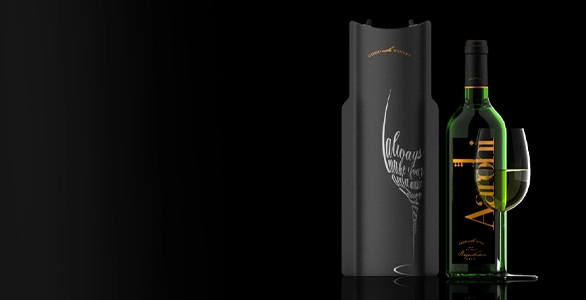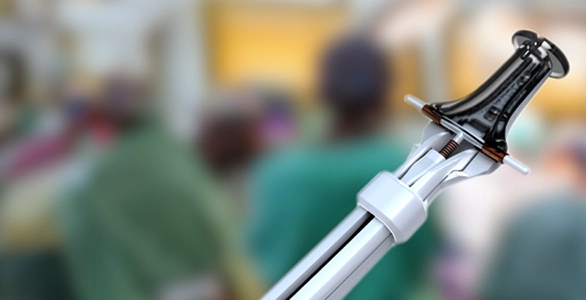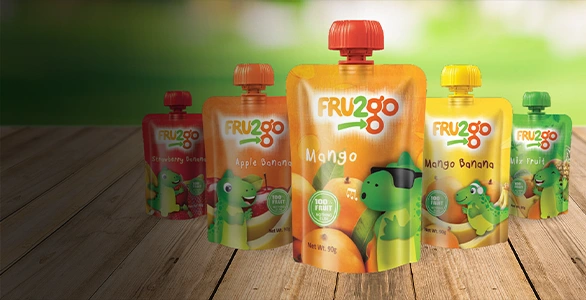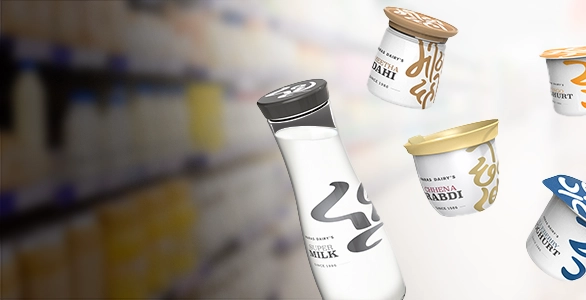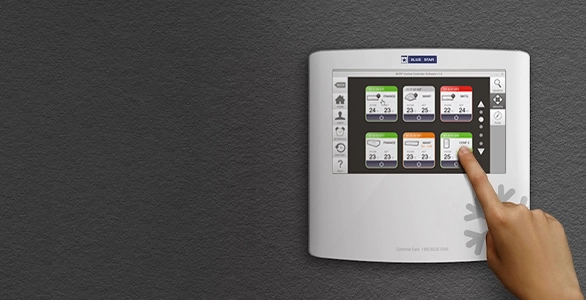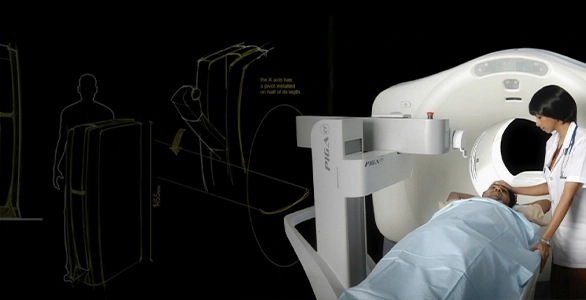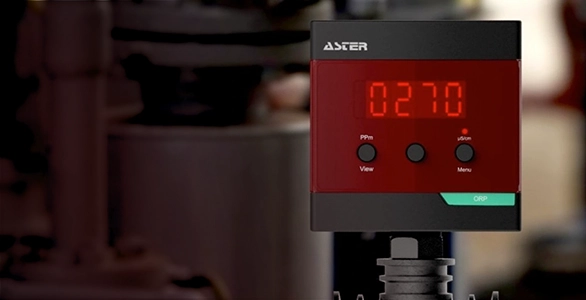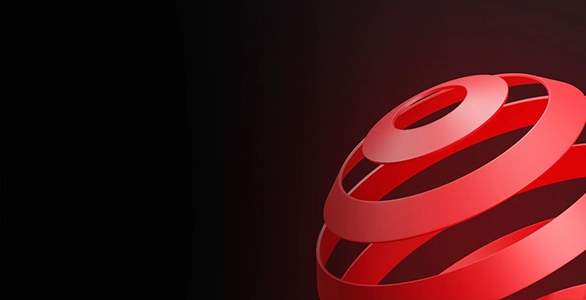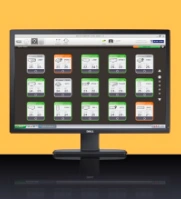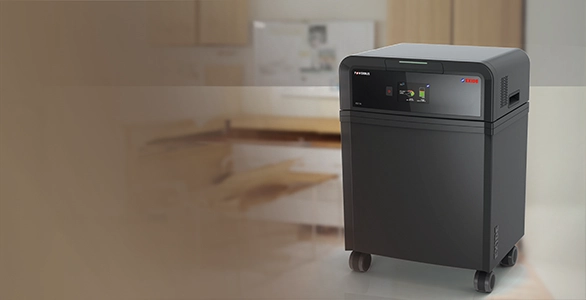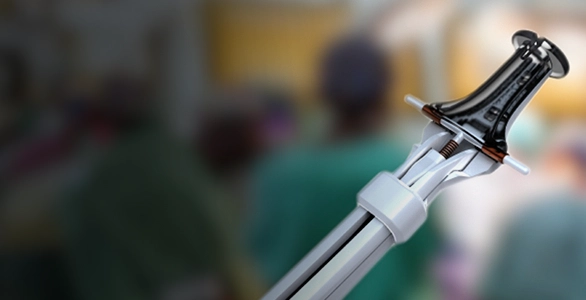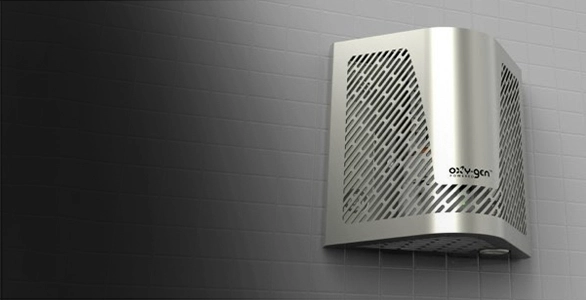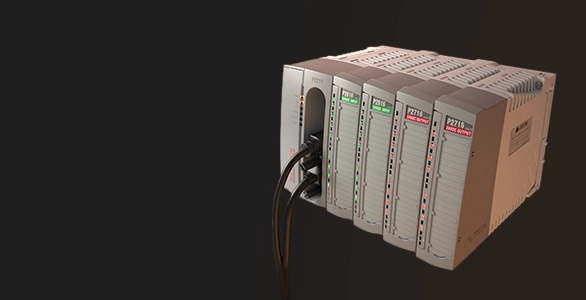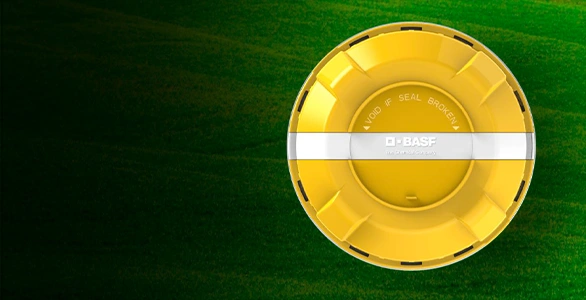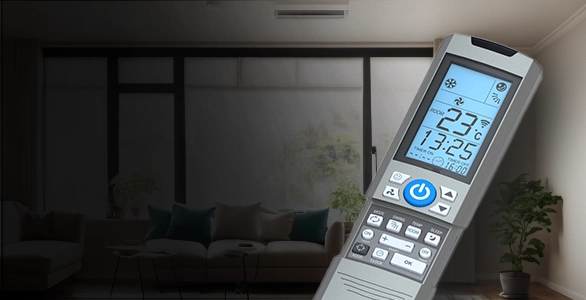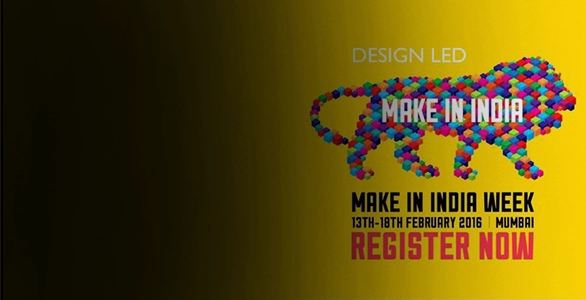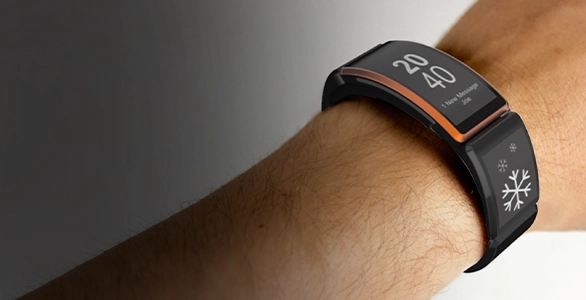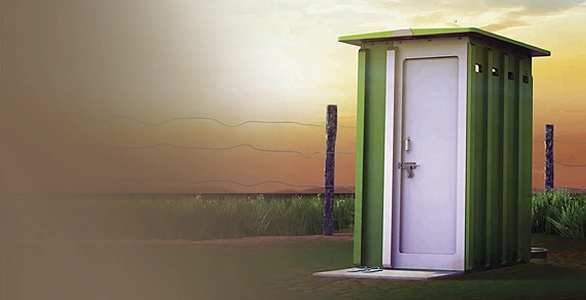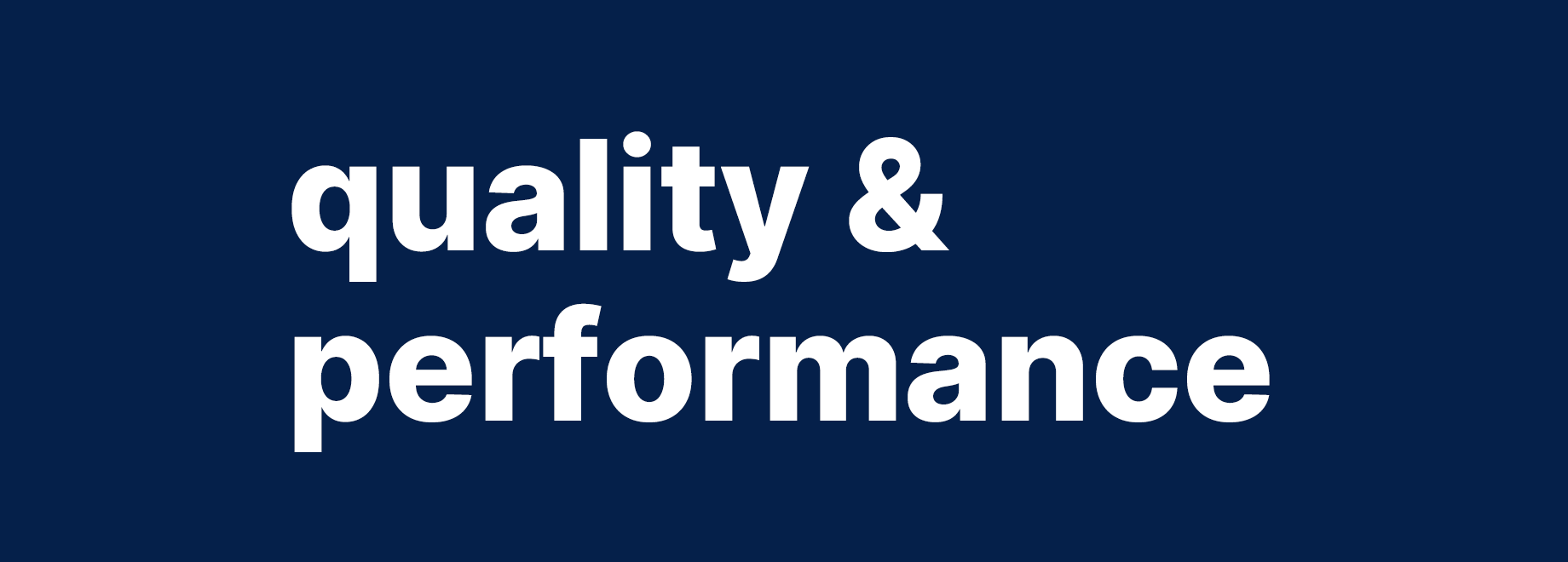
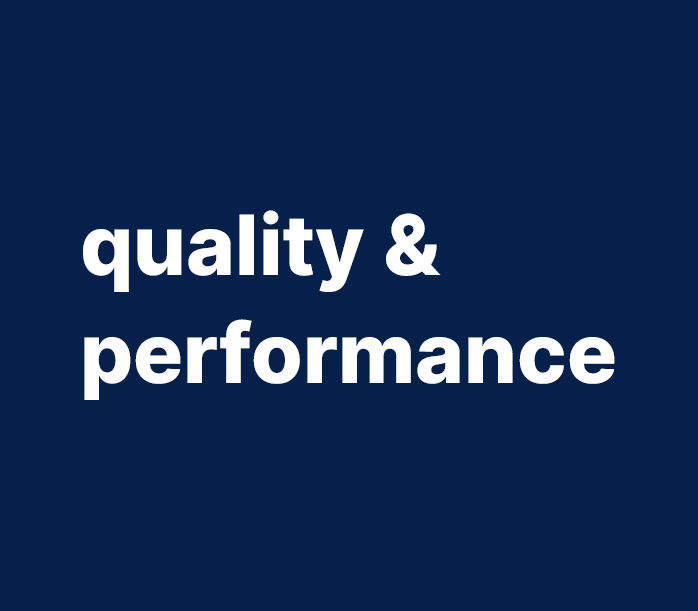
Design for Production
Design for production is an indispensable aspect of the product development process. We ensure that products are designed to meet performance, quality, and cost targets while also being easy and efficient to manufacture.
Design for production plays a vital role in the product development process, as it bridges the gap between design and manufacturing. It involves collaboration between designers, engineers, toolmakers, and production specialists to ensure that the product design is compatible with the production process.
-
- Concept Development
During the early stages of product development, designers and engineers consider factors such as material selection, manufacturing processes, and production volumes to create a design that meets performance, cost, and quality targets.
- Concept Development
-
- Design Detailing
In this stage, the focus shifts from conceptual design to detailed design. Engineers work closely with production specialists to finalize the design details, ensuring that they can be efficiently and effectively produced.
- Design Detailing
-
- Prototype Development
Prototypes are created to test the design’s feasibility and identify any issues that may arise during production. This also helps us identify potential problems early on and makes necessary adjustments before investing in expensive tooling or production processes.
- Prototype Development
-
- Process Validation
We validate the production process to ensure that it can deliver the expected results. This helps us identify potential bottlenecks and optimize processes to achieve maximum efficiency.
- Process Validation
-
- Mass Production
Once the design and production processes have been validated, the product moves into mass production. Efficient process enables seamless transition from prototype to mass production, ensuring consistent quality and efficiency.
- Mass Production

To achieve excellence in design for manufacturing, we employ the following guidelines:
-
- Collaboration
Cross-functional collaboration among designers, engineers, toolmakers, and production specialists throughout the entire product development process.
- Collaboration
-
- Material Selection
Choosing materials and processes that not only meet product performance requirements but also suit the production process, considering factors like availability, cost, and sustainability.
- Material Selection
-
- Process Optimization
Continuous evaluation and improvement of production processes to eliminate waste, reduce cycle times, and increase yield.
- Process Optimization
-
- Design Standardization
Establishing standards and guidelines that promote consistency across different products and production processes.
- Design Standardization
-
- Data Analysis
Using data analytics to optimize production performance, identify areas for improvement, and make data-driven decisions.
- Data Analysis
-
- Continuous Improvement
Regularly review and update designs and production processes to stay ahead of emerging trends, technologies, and customer preferences.
- Continuous Improvement
Let’s work together!
Transform your brand experience from commencement to delivery with solutions that resonate on a grand scale.
